Divisions in society and religion that still exist today resulted from the "Great Awakenings" of the 18th Century
-
Special Issue - George Washington Prize 2018
Volume63Issue2
For my Part I can’t but think ... That it is highly Incumbent on all who are not Seized with a Vertigo, to Stand upon their Guard, and in the most ardent Strains to lift up their Voice to the Most High, when the Religion of the Bible is like to be laid aside, for Some present immediate Inspirations—And not only so, but that Men should be often, and earnestly call’d upon and caution’d to Avoid that New Light which will lead Us into Darkness.—JOSIAH COTTON TO SAMUEL MATHER, 1742
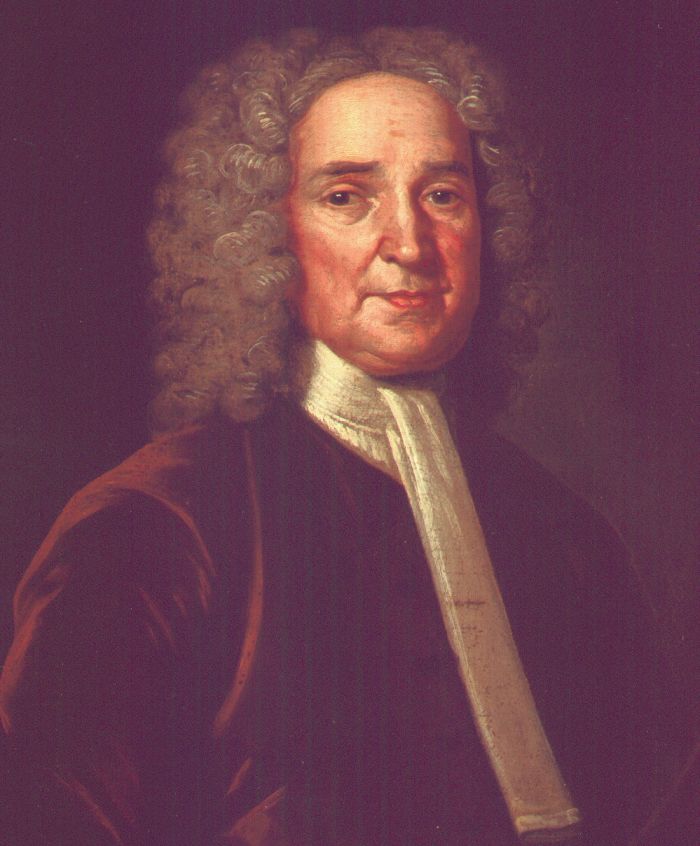
Deep in thought, Hannah Corey stood alone among the gravestones of the Sturbridge, Massachusetts, burial ground, gazing across the common at the Congregational meetinghouse. She and her husband, John, had affiliated with the church in the west parish of Roxbury by owning the covenant shortly after their marriage in 1741. Two years later, they moved to the recently settled frontier of central New England and proceeded to join the Sturbridge church in full communion. They had presented each of their four children for baptism shortly after their births. Now, during the fall of 1748, Corey faced serious—even supernatural—misgivings about her place within the sole, tax-supported religious institution in town.

Corey had arrived early that afternoon for Caleb Rice’s weekday lecture. As she sat in the empty pews awaiting the Sturbridge minister and her neighbors, the words of Jesus’s stern rebuke to the moneychangers in Luke 19:46 suddenly darted into her mind: “My house is the house of prayer but ye have made it a den of thieves.” Corey had a strong intimation that this was no ordinary meditation, daydream, or idle musing. Instead, she interpreted the scriptural words as an oracular communication from the Holy Spirit. It was the third revelation she had received that day. Two other biblical passages had impressed themselves on her mind as she walked along the road to the meetinghouse. Amos 3:3 and 2 Corinthians 6:17 spoke directly to her reservations regarding the fitness of the Sturbridge church. “Can two walk together, Except they be agreed”? “Come out from amongst them.” The words thundered in her ears. Could she continue to walk with her neighbors in Christian fellowship? Was God commanding her to leave the church? With mounting concern, Corey confronted the troubling possibility that she had been worshipping for years in a den of thieves. “I thought,” she later recalled, "that I had rather ly down among the Graves than go into the meeting house.” So she fled to the adjacent burial ground to collect herself and contemplate the meaning of God’s powerfully intrusive messages!
Corey eventually quelled her fears and returned to her pew, but, as she listened to Rice’s sermon, she was overcome by a queer feeling. The entire meetinghouse “Seemed to be a dark place,” she remembered. The minister, deacons, and congregation “lookt Strangely as if they ware all going Blindfold to destruction.” Shaken by the peculiar turn of events, Corey and her husband abandoned their pew and retreated to the home of a neighbor named Isaac Newell. There, they gathered in prayer with a small group of disillusioned men and women who had just renounced their membership in the Sturbridge church. The dissenting faction included the town’s first deacon, Daniel Fisk, his outspoken brother Henry, and perhaps a dozen former church members and discontented parishioners from several neighboring towns.
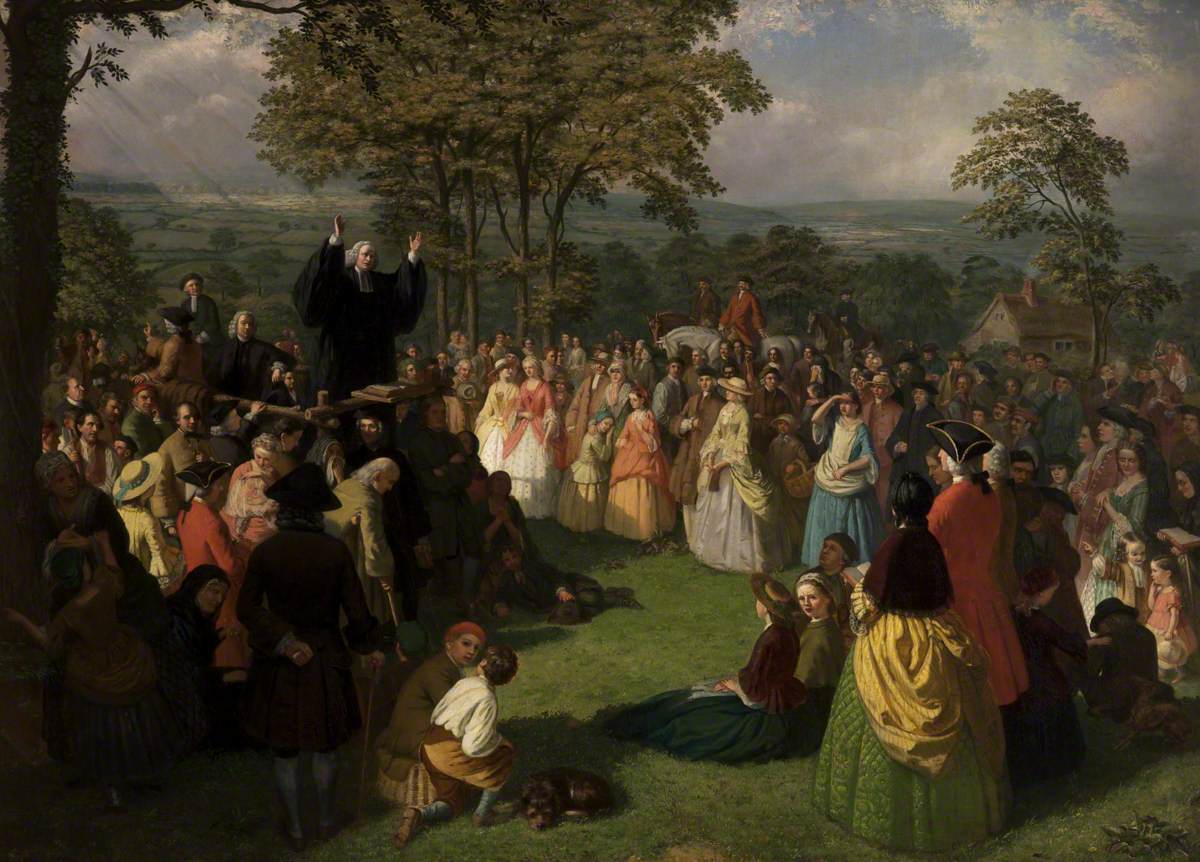
One year earlier, the separatists had unilaterally dissolved all ties with Rice’s church and, unsanctioned by any ecclesiastical or political authorities, embodied themselves into what would come to be called a Separate or “Strict” Congregational church. Henry Fisk defended their audacious action in a short narrative entitled “The Testimony of a People Inhabitting the Wilderness.” During the fall of 1740, he explained, the famed touring evangelist George Whitefield passed through central Massachusetts and sparked an “extreordinary outpowering of the Spirit of God.” Eleven people joined the Sturbridge church the following year, a figure twice the annual average. In a long passage laced with biblical allusions, Fisk described the awakened Sturbridge congregants as newborn babes who yearned for the “Sincere milk” of the preached word. But when Rice closed his pulpit to the lively itinerant preachers who crisscrossed the region in emulation of Whitefield, his parishioners rebelled. Too many townspeople “ware for more order,” Fisk complained, and thus had “lost there Spiritual life.” Conflict smoldered during the next several years, as Sturbridge became “like a velley of dry Bones.” The dissenters were forced to “forsake all” by withdrawing from communion. On September 5, 1748, they called John Blunt, a Connecticut layman with no formal education and no license from any association of Congregational ministers, to serve as the pastor of their illegal church.
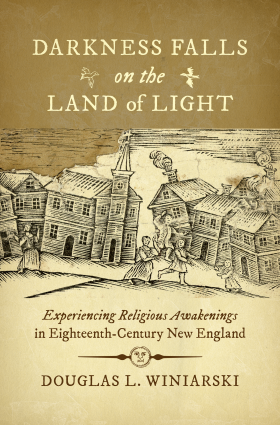
“Come and witness for the Holy Ghost,” Fisk boldly proclaimed in a letter inviting leaders of the Separate Congregational movement from across New England to attend Blunt’s ordination. “Our Lord and yours is doing a marvelus work” in Sturbridge. The wonders to which he alluded included a battery of charismatic practices modeled on the earliest Christian churches and the extraordinary gifts of the Holy Spirit that were poured out on the day of Pentecost. The Separates welcomed “unlarned” itinerants and urged them to share their preaching gifts with the assembly. Worship exercises featured a cacophony of noise, as members of the upstart congregation fell to the ground in distress, cried out in joy, sang hymns at the top of their voices, or prayed aloud for the conversion of their neighbors. Women spoke freely during their meetings, and they traveled abroad encouraging people in other towns to embrace the separatist cause. Some members believed that Blunt possessed miraculous healing powers. And, no sooner had they organized themselves into a dissenting church then Ebenezer Moulton arrived from the neighboring town of Brimfield with a new gift: adult, or believers’, baptism. The logic of the Separates’ zealous quest to purify the corrupt churches of New England’s Congregational establishment had propelled them beyond the boundaries of the puritan tradition altogether.
Hannah Corey initially hesitated to join the Separates, yet she had always been uncomfortable worshipping in the Sturbridge meetinghouse. At the time she was promoted to full membership in 1745, she knew her “Soul was one with Christ” but not in union with Rice and his parishioners. Still, she worried about the propriety of withdrawing from communion, given the dissenters’ reputation for making noisy disturbances in town. The prayer meeting at Newell’s house erased all her doubts. Corey’s reservations vanished, and she felt a “Sweet oneness of Soul” with the Separates. Comforting biblical verses poured into her head. “I knew what them words ment” in Hebrews 4:12, she wrote, “the voyce of the Lord is quick and powerful!, Sharper then a two edged Sword deviding the Soul and Spirit the joynts and marrow.” Through personal revelations like these, she had learned to discern God’s voice speaking directly to her and had “Evidenc Sealed to my Soul” that the dissenters’ cause was a righteous one. Corey understood with perfect certainty that she had “pased from death to life” because, in the words of 1 John 3:4, she loved the Separate brethren. “I Se myself One in the Lord and one with them,” Corey concluded, “and I cannot go without them.” Less than three months later, the Coreys renounced the baptismal rites they had received as infants and were immersed by Moulton in the Quinebaug River alongside thirteen other Separates.
Submitted at a disciplinary hearing during the spring of 1749, Hannah Corey’s written account of her decision to abandon the Sturbridge Congregational church resonated with other testimonies presented by the dissenting faction. Their statements deployed biblical metaphors of light and darkness to differentiate their breakaway congregation from Rice’s established church. On a previous Sabbath, Newell’s sister Sarah Martin “went home as darck as eygept” after taking part in the Lord’s Supper in the Sturbridge meetinghouse. The powerful emotions that Stephen Blanchard experienced during the meetings in Newell’s home pierced his heart like a “light Shining in a dark plase.” Corey’s husband elected to worship among the dissenters “according to what Light god had given me.” The Sturbridge Separates castigated their former brethren and sisters for perishing in “ignorance and Darkness” or “Labouring under Darlmess.”
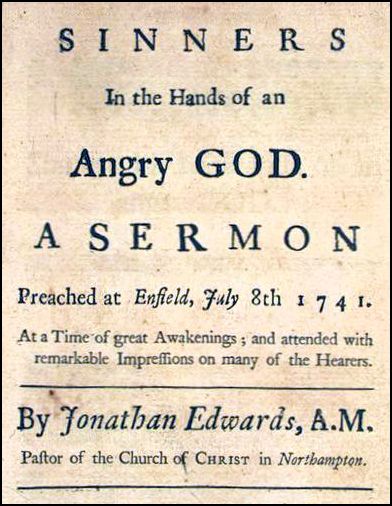
Even as the separatist controversy raged in Sturbridge during the fall of 1748, two other town residents, Moses and Ruth Holbrook, presented Rice with a pair of very different written statements. These brief autobiographical relations, as they were called, demonstrated the qualifications of potential candidates for full church membership. Whereas John and Hannah Corey criticized Rice’s parishioners for languishing in spiritual darkness, the Holbrooks proudly proclaimed that they had been “born in the land of lite” and “livead under the preaching of the gospel.” The Coreys embraced the warm fellowship of the Sturbridge Separates; the Holbrooks accentuated their pious upbringing within the Congregational establishment by parents who had devoted them to God’s service in baptism as infants. Both couples scanned the natural world for wondrous manifestations of God’s will, but they interpreted the same providential events in diametrically opposite ways. John Corey imagined that a powerful thunderstorm during the summer of 1748 was the voice of God commanding him to join the dissenters. This same meteorological event had awakened Ruth Holbrook’s desire to close with Rice’s established church.
The two sets of testimonies diverged in other respects. The Coreys confidently declared that they worshipped among the small remnant of God’s elect saints. The Holbrooks, by contrast, adopted a more cautious tone in their church admission relations. Both spouses lamented their inherent sinfulness and cited specific sins, including youthful disobedience, Sabbath breaking, and vain company keeping. Alluding to the terrifying words of 1 Corinthians 11:29, the Holbrooks even feared that they might eat and drink their own damnation by participating in the Lord’s Supper unworthily. They begged for the prayers of the Sturbridge church and pledged to “walk acording to the profession” they had made. Except for a few minor details, the Holbrooks’ relations were nearly identical in their content, style, and even physical appearance. Both documents were written by the same individual—probably Moses. Mirroring relations from dozens of churches in eastern and central Massachusetts, the Holbrooks’ patterned discourse reinforced their willingness to submit to ecclesiastical institutions and communal expectations. The Coreys wrote as inspired individuals whose revelatory experiences impelled them to reject the authority of their minister and neighbors?
Hannah and John Corey had not always condemned New England’s Congregational establishment. They would have submitted relations nearly identical to those of the Holbrooks when they joined the Sturbridge church three years earlier. There was little to distinguish them from Moses and Ruth Holbrook in terms of wealth, social status, or family background. Both couples hailed from aspiring yeoman clans and had migrated to the new settlements of Worcester County in search of inexpensive land. Like most of their Sturbridge neighbors, they lived in modest one-room houses furnished with a limited range of material goods. Diaries compiled by another Sturbridge resident who affiliated with Rice’s church a decade later reveal an insular mental world shaped by the seasonal rhythms of the environment, the annual round of agricultural labor, the family life-course, and, only occasionally, local or regional politics. Born during the second decade of the eighteenth century, the Coreys and Holbrooks came of age, married, and started families during an intensive period of religious renewal and conflict, and both appear to have embraced the “pourful preaching” innovations that marked an era that later historians have called the Great Awakening in New England or, on a wider scale, the Protestant Evangelical Awakening.’°
How did it come to pass that two families of roughly equal social status, vvho settled in the same town and once worshipped side by side in the same meetinghouse, came to view New England’s dominant, established religious institution as a place of both gospel light and Egyptian darkness? Although they shared a worldview derived from their Reformed theological heritage, the Holbrooks and Coreys by 1750 were unwilling to sit together in the same building. They no longer spoke in a common religious idiom. The narratives they composed to support their respective decisions to affiliate and separate from the Sturbridge church disclosed a startling breach in what had once been an orderly, broadly inclusive religious culture.
The breakdown of New England Congregationalism and the rise of American evangelicalism during the eighteenth century is not a story of resurgent puritan piety but a tale of insurgent religious radicalism. The “New England War —the distinctive ecclesiastical system that shaped the Congregational tradition during the century following the puritan Great Migration of the 1630s—did not collapse under the weight of secularizing impulses, as Perry Miller and an earlier generation of social historians assumed. Nor was it plagued by the moribund formalism often denigrated by scholars of early evangelicalism.” Instead, a vibrant Congregational establishment was buried under an avalanche of innovative and incendiary religious beliefs and practices during the middle decades of the eighteenth century. Acrimonious theological debate and sectarian schism had roiled the New England colonies a century earlier; and the region had witnessed previous “stirs,” “harvests,” and “awakenings.”‘ But the surging religious fervor that engulfed New England in the wake of George Whitefield’s 1740 preaching tour was unlike anything anyone had ever seen. It marked a dramatic break with the past. The primary agents inciting change were, not prominent ministers and theologians such as Jonathan Edwards, but unassuming men and women like Hannah and John Corey, whose burgeoning fascination with the drama of conversion and the charismatic gifts of the Holy Spirit drove them out of the churches of the Congregational standing order.
Earlier scholars have treated the Whitefieldian revivals of the 1740s as a coda to the history of seventeenth-century puritanism, but I characterize New England’s era of great awakenings as the historical fulcrum on which the “shared culture” of David Hall’s “world of wonders” tilted decisively toward Jon Butler’s robust antebellum “spiritual hothouse.”
Like many colleagues who have turned to the study of lived religion, I seek to connect religious belief to practice, while situating both in a thick cultural context. Although historians of religion in provincial New England have long been accustomed to sorting ministers and their congregants into theological parties, temperaments, or ideal types, I place greater emphasis on the development of these categories over the course of the eighteenth century. Micro-historical case studies and aggregate data on church affiliation practices for thousands of individuals and families reveal ordinary people living through one of the most tumultuous periods in American religious history and emerging on the other side transformed.
Much of the argument turns on the shifting religious experiences of lay men and women. Religious studies theorists frequently maintain that all experiences are mediated by or, to be more precise, constructed through language. Examining the religious lives of provincial New Englanders demands paying close attention to the changing vocabularies, grammars, tropes, idioms, and story frameworks they inscribed in their diaries, letters, devotional writings, and other personal papers as well as the practices that invested these discursive conventions with power and meaning. Throughout the colonial era, language drawn from the Reformed tradition provided the dominant idiom through which most people narrated both ordinary and extraordinary events in their lives. But the decade that culminated in the Sturbridge church schism witnessed a dramatic rupture in the ways that people such as the Holbrooks and the Coreys created meaningful worlds. New Englanders turned to vivid metaphors of darkness and light to describe the volatile situation.
I devote considerable attention to recovering the distinctive vocabularies that New Englanders themselves developed to articulate their rapidly changing religious culture. Many terms familiar to students of this period are anachronistic, pejorative, or misleading. As contemporary observers were quick to acknowledge, for example, provincial lay men and women did experience a “great awakening” during the 1740s; yet the meaning of events they alternately called a “great Reviveal of Religon” or “great Religious Commotions” remained bitterly contested.
The very concept of “a Revival of Religion”—a singular and dramatic outpouring of the “Work of the Spirit of GOD" that was propagated from place to place seemingly under its own miraculous power —was less than a decade old at the time of Whitefield’s first New England tour. Although seventeenth-century puritan divines had developed a coherent morphology of conversion, their provincial descendants struggled to categorize the rapid and often dramatically embodied experiences that Whitefield called the “new birth.” As a result, many ministers and lay people began referring to the subjects of such experiences as “sudden,” “new,” or “young Converts.” Later in the decade, Separate Congregationalists invented the expressions ‘Half-membership” and the ‘half way Covenant” to condemn innovations in baptismal practices that dated back nearly a century. Charles Chauncy and other clergymen resurrected the phrase ‘NEW-LIGHT” from the Antinomian controversy and the Quaker insurgencies of the seventeenth century to condemn what they considered to be religious disorders and excesses. Yale College president Ezra Stiles began referring to “Old Light” churches long after the revivals had subsided.
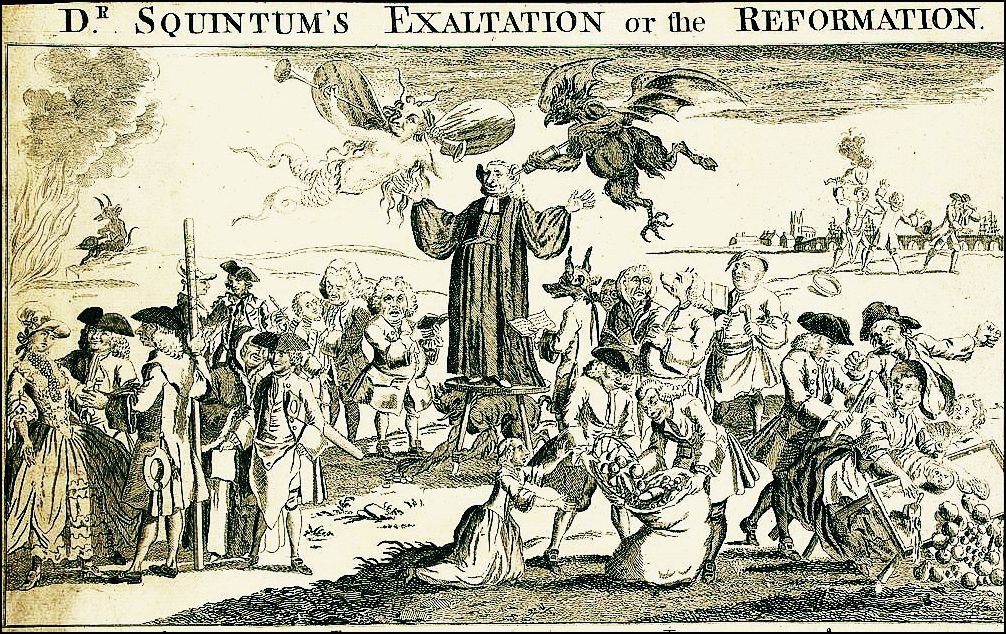
Diaries, letters, and other eighteenth-century texts provide occasional glimpses of a new language of religious experience at the moment of creation. People learned to speak of “converting, as they call it” and how they ‘got thro, as they phrase it.” They were “Mightily Comforted (and as the Term now is) have Received Light,” or they “fell into what is called a Trance.” Even Jonathan Edwards coined phrases for the “visible conversions (if I may so call them)” that he witnessed during the 1740s. Throughout this work, I employ words, phrases, and metaphors familiar to eighteenth-century clergymen and laypeople, such as a “holy walk, and conversation,” “professors,” “opposers,” “Whitfeldarians,” and the like.
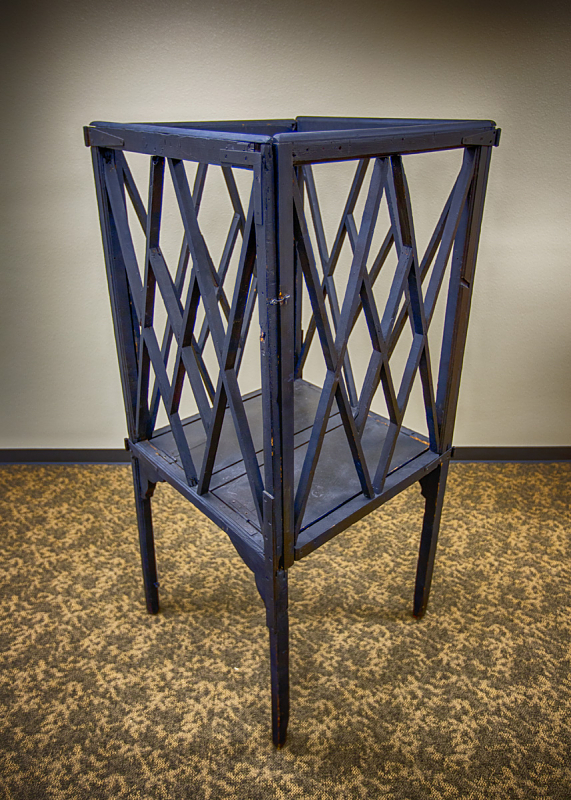
The last term, “Whitfeldarians,” comes closest to naming those eighteenth-century Protestants whom contemporary historians have identified as evangelicals. Although this study is a regional contribution to the popular history of early evangelicalism, I seek to defamiliarize the category both to avoid the persistent “dissenter bias” that has dominated previous scholarship on religion in early America and to restore a greater sense of historical contingency to a movement that was still in its infancy in eighteenth-century New England.* With perhaps the notable exception of Cotton Mather, Congregational ministers rarely included the adjective “Evangelical” in their weekly sermons or theological works before 1740. Provincial lay men and women never used it at all. And neither group used the term in its nominal form to identify a distinctive group of people or a specific religious subculture. By the time that Hannah Adams of Medfield, Massachusetts, published the definitive edition of her Dictionary of All Religions and Religious Denominations in 1817, New Englanders had become accustomed to talking about the “diversity of sentiment among Christians” in terms of specific denominations, theological schools—including “Whitefieldites”—and even homegrown sectarian movements; but no entry in her celebrated early reference work yet bore the heading “Evangelical.’
Defining the word "evangelicalism" for a period in which it remained largely inoperative would run many of the same risks of “misplaced essentializing” that have often hindered seventeenth-century puritan studies. David Bebbington’s frequently cited quadrilateral definition—conversionism, biblicism, activism, and crucicentrism—masks far more than it illuminates the popular religious cultures of the eighteenth-century British Atlantic. In New England, Whitefield’s fascination with conversion as an instantaneous event was quite unlike the more traditional seventeenth-century puritan morphology of conversion, which ministers and lay people often conceptualized as a lifelong pilgrimage through the wilderness of this world. Although provincial Congregationalists were steeped in the scriptures, during the Whitefieldian revivals and the decades that followed new converts such as Hannah Corey learned to think of the Bible as a detextualized voice that pierced their minds with supernatural force. W. R. Ward’s hexagonal model of “top-drawer evangelicalism” bears little resemblance to the religious experiences described by lay men and women in eighteenth-century New England. Emphasizing lay experience and ecclesiastical innovations, Susan Juster’s fourfold definition is much closer to the argument advanced in this study, but it nonetheless tends to reify a nascent religious temperament that came out of the religious revivals of the 1740s and remained constantly in motion throughout the eighteenth century.’’
The “people called New Lights’ diverged from their puritan ancestors in two specific ways: their preoccupation with Whitefield’s definition of the new birth and their fascination with biblical impulses. These critical factors set many Whitefieldarians on a course to embrace increasingly radical beliefs and practices, including the bodily presence of the in-dwelling Holy Spirit, continued revelation, dramatic visionary phenomena, and a strident desire to break fellowship with their kin and neighbors and worship with like-minded men and women who claimed similar experiences. Only the radicalism of the Whitefieldian revivals accounts for the unexpected splintering of the Congregational standing order that occurred during the middle decades of the eighteenth century, as religious institutions that once commanded the allegiance of more than 80 percent of the population in many New England towns devolved into a fractious spiritual marketplace of competing denominations and sects.” Since the last quarter of the twentieth century, scholars have been working to recover these so-called radical evangelicals from the periphery.’4 I place them in the eye of the tempests that engulfed and eventually tore apart New England’s Congregational culture. In 1750, to be a Whitefieldarian was to be a religious radical.
From Darkness Falls on the Land of Light: Experiencing Religious Awakenings in Eighteenth-Century New England by Douglas L. Winiarski. Published for the Omohundro Institute of Early American History and Culture. Copyright © 2017 by the University of North Carolina Press. Used by permission of the publisher. www.uncpress.org

